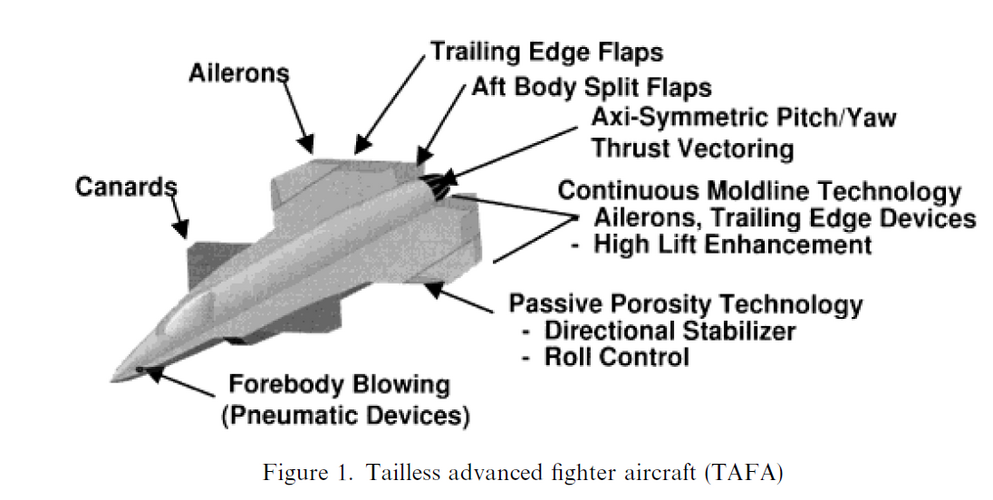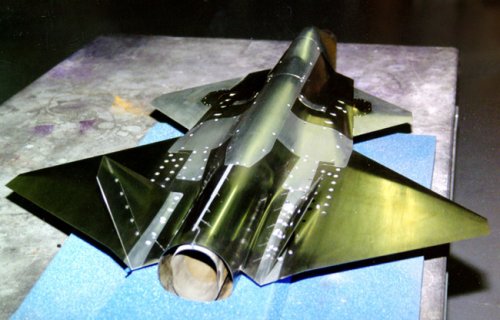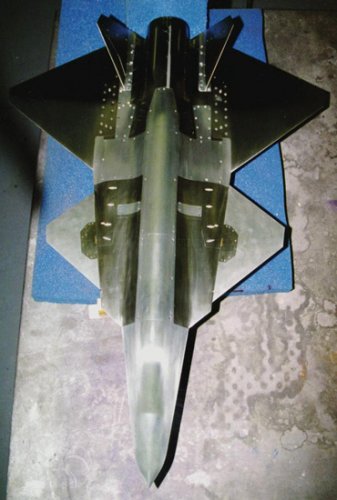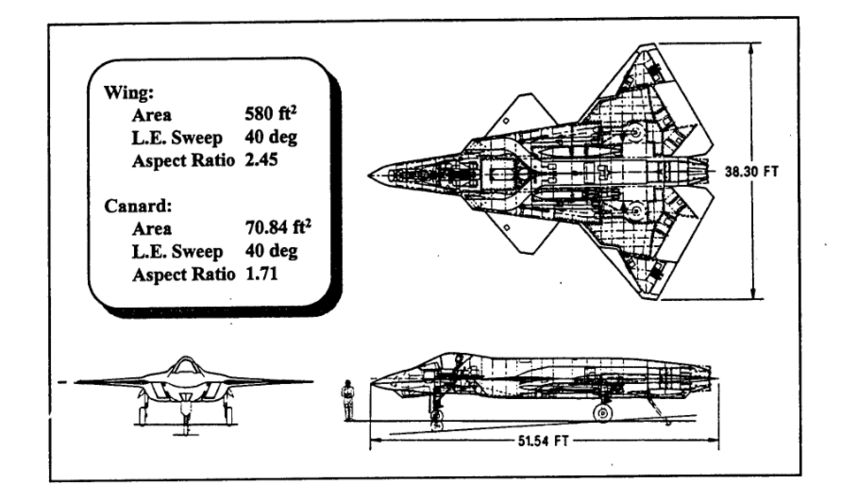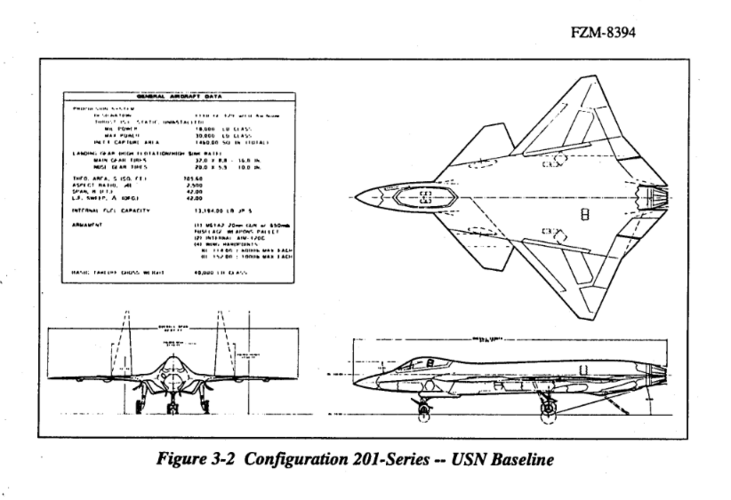bring_it_on
I really should change my personal text
- Joined
- 4 July 2013
- Messages
- 3,685
- Reaction score
- 3,896
TAFA [Tailless advanced fighter aircraft] AIRCRAFT DESCRIPTION
The TAFA aircraft is a conceptual design of an advanced fighter configuration which blends an
extensive suite of conventional and innovative control effectors to achieve high agility in a low
observable design. The TAFA is a single engine, single seat fighter designed for air-to-air and/or
air-to-ground missions.
The TAFA airframe is characterized by a chined forebody, symmetric air inlets, and no vertical
tail. The wing and all moving canard are thin and feature a moderate aft sweep and no dihedral.
The leading edge of the wing is equipped with passive porosity which can be used as a low rate
roll control device during covert maneuvers.....
Attachments
Last edited by a moderator:

